I have a hardware that is communicating with the PLC over Profibus DP, that sends me 4 bytes of data in hex that is "44 79 FF FF" and in the PLC program I have declared a BYTE array for this input data. The problem is in the PLC the data I receive in my BYTE array is "66 121 255 255" which is the decimal value of the hexdecimal, but my goal is to convert that value to a REAL and when I do that I'm not getting the value I expected.
I have created a DWORD(4bytesData) that i insert all the BYTES into.
So before I insert the 4 bytes into 4bytesData the bytes are: in1 = 68 , in2 = 121, in3 = 255 & in4 = 255
4bytesData := (SHL(SHL(SHL(BYTE_TO_DWORD(in1), 8) OR BYTE_TO_DWORD(in2), 8) OR BYTE_TO_DWORD(in3), 8) OR in4);
realValue := DWORD_TO_REAL(4bytesData);
Where in1, in2, in3 & in4 is byte 0-3.
The value I'm getting is; 4bytesData = 1148846079 & realValue = 1.148846e+009
The value I'm expecting to get from realValue is = 9.9999993896484375E2
If i use this website ( IEEE754 Analyzer/Converter ) and converting the hex value (4479FFFF) I'm getting the value I want to, and if i insert the decimal value (1148846079) I'm getting the same value I receive in the PLC.
I hope you understand my problem, Many thanks in Advance.
